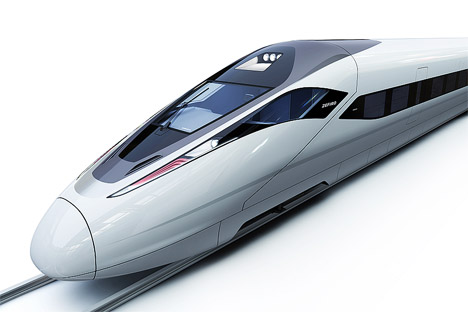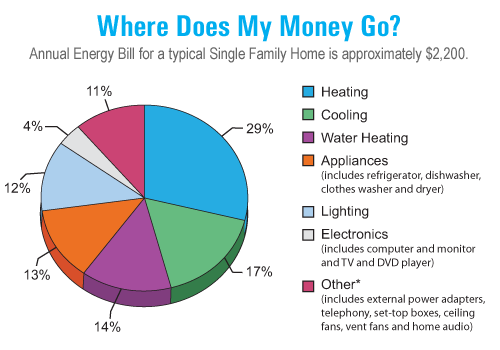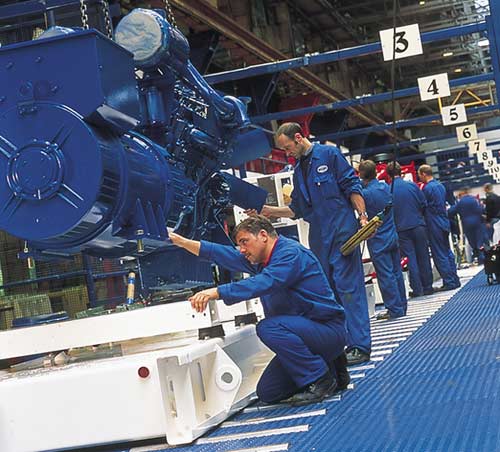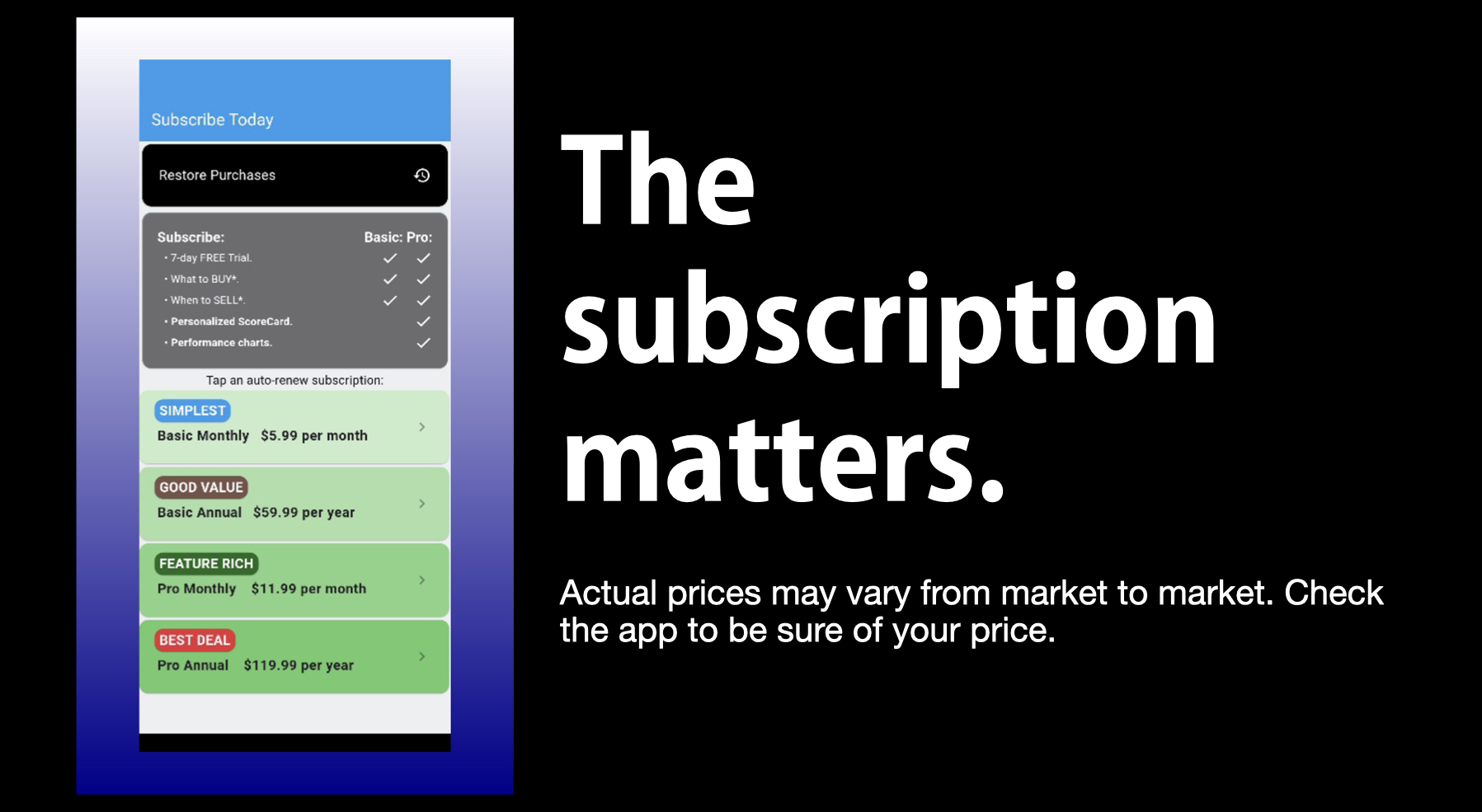I am Peter Winters, President of Haddock Research & Branding – a new market research agency dedicated to understanding people’s relationship with climate change and the low-carbon economy.
Developing a new, green energy revolution is seen as a very high priority for politicians in North America, Europe and elsewhere. It was a key focus of Barack Obama’s successful campaign to be the next US president – and raises hopes and expectations that the US government will become much more proactive in supporting this revolution.
In a consumer society, business ingenuity and entrepreneurial spirit are essential to make this green energy revolution happen.
There are now many emerging companies working to develop low-carbon products. These companies typically face a large number of challenges, as is reflected in the volatility, and often slumps, in their share prices. It’s a tough challenge to raise finance, choose and develop the most appropriate technology, negotiate collaborative deals with business partners, keep abreast of relevant government policies, integrate with a supply infrastructure of both today and the future, deal with unexpected events (such as the credit crunch), keep an eye on the competition, and then to market and sell the end products to consumers to run a healthy, profitable company.
Alot to think about!
In this article, I’d like to focus on the challenge of marketing low-carbon products to the public. I am prompted to start my blogging on this point as there seems to be a belief, amongst some business leaders, that people will “not pay extra to buy green”. Challenging this view is one of the fundamental reasons as to why we started-up Haddock Research!
Take the case of Stephen Voller, the then-CEO of Voller Energy plc in the UK. In an interview early in 2008, he described his concern about climate change and the green benefits of fuel cells, and yet he also said:
“In a nutshell, people will not pay to be green. We know if low-emission products are cheaper and better than the conventional alternative people will buy them. No brainer. But consumers will neither pay a “green premium” in most cases, nor accept a performance premium or put themselves out. Yes there are a few exceptions to the rule, but these eco-warriors generally have no money and there are very few of them. … For example, imagine that a new type of gasoline (petrol) was introduced that you could run in your car that produced lower emission out of the tale pipe. But this new fuel cost more per gallon (litre) and when you filled your car with it the acceleration wasn’t nearly as good. How many people would actually queue up at that pump?
Or consider John Halfpenny, CEO of CMR Fuel Cells; a company which was the winner of the 2005 Carbon Trust Innovation Award. In early 2008, he described how his business with portable fuel cells was mainly driven by being able to “deliver better performance and convenience than exiting technology solutions” and the “the current focus on green issues does not help us much here”.
Yet I believe that these viewpoints under-value the green credentials of their products! I believe that the climate crisis is creating an enormous unmet consumer need; and that selling low-carbon brands can offer considerable marketing advantage.
The green credentials of a brand can create interest in the target audience. It can provide a narrative for the low-carbon brand. It can be the reason that users, who have developed a relationship with a low-carbon brand, talk to each other and recommend the brand to others.
But marketing is a creative exercise, with different approaches and ideas required for different situations. Quality of the product needs to be assured, and ideally the brand proposition would be sufficiently unique and distinctive that consumers would not easily be able to make a direct price reference to a non-green competitive product. It is not a question about “would you pay 5% extra for a green alternative” as this draws too much attention to the product – and not enough on the passions, interests and feelings of the consumer.
But, am I right? I need evidence to test my ideas and persuade others – especially the entrepreneurs who are investing so much of their time and effort creating these low-carbon businesses.
To answer these types of question, I needed some survey data! So, we ran an international study amongst nationally representative samples of adults in Canada, England and the USA in late-September/early-October 2008 – our Environmental Choices survey.
Over the next few weeks I would like to share some of the results of this survey which specifically relate to the issues I have raised in this post. My next three blogs will cover the importance of segmentation; the associations and emotions different types of people have about climate change and high-carbon/low-carbon brands; and the types of brand images which appeal to these different types of people. I would very much welcome feedback to the results I show, and challenges to the points I make (that’s all part of Web 2.0, so I am led to believe!).
I believe these issues are very commercially important. Many of these low-carbon businesses are listed on AIM , part of the London Stock Exchange. A look at the share price of the 2 companies mentioned in this blog, Voller Energy (code VLR) and CMR Fuel Cells (code CMF), shows that their share prices have declined to a very low level (as of 6 November 2008). Indeed, Voller Energy issued a statement on 1 October 2008 saying that the future of the company was dependent on additional financing.
At Haddock, we would like to help give such companies, and their investors, greater direction and confidence in how they could market their low-carbon brands.
Peter
Peter Winters, 6 November 2008
PS. We provide summary reports of our survey, at no charge, from our website. These are released every Monday from 20th October 2008. First time users will need to register.
